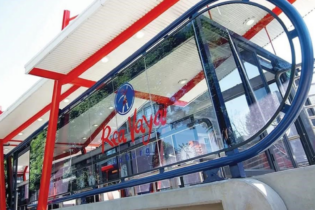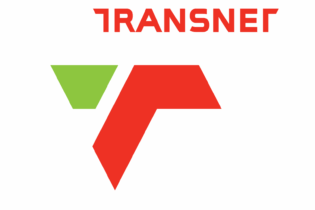Kenya’s extensive transport system includes road, rail, air, and coastal and inland waterways. The chief port is Mombasa, whose history predates the colonial era and which is now the largest port on the East African coast. It is operated by the Kenya Ports Authority (KPA).
The port has 16 deep-water berths (of a draft of 10 m or more) and five container berths, plus oil jetties, bulk cement berths and other specialist facilities, including two dedicated passenger ship berths. At times, the Port of Mombasa also serves South Sudan, the now landlocked Ethiopia, parts of Somalia and even north-western Tanzania. About 70% of all cargo handled today is container traffic, which is growing at around 12% per year. KPA expects to handle one million TEUs in 2015.The modern container-handling terminal at Mombasa was opened in 1983 with the capacity to handle 250 000 containers. KPA also operates the country’s three inland container depots: Embakasi, serving Nairobi; Eldoret; and Kibos, serving Kisumu. Kenya boasts one of the few profitable airlines in Africa. Kenya Airways (KQ) has operated its own international service since the break-up of East African Airways in 1977. In 1992, it underwent major reorganisation, in preparation for partial privatisation and, in 1992/93, the airline turned its first profit.
The airline’s route network has expanded rapidly, especially across Africa. It flies to 23 African countries, and serves five Kenyan destinations daily. Its long-haul destinations extend to London, Paris and Amsterdam in Europe, and Guangzhou, Hong Kong and Bangkok in the Far East.
There are two international airports in Kenya: Jomo Kenyatta International in south-eastern Nairobi and Moi International Airport at Mombasa. Wilson Airport in south-western Nairobi, Eldoret Airport and airports at Malindi and Kisumu handle internal flights.








